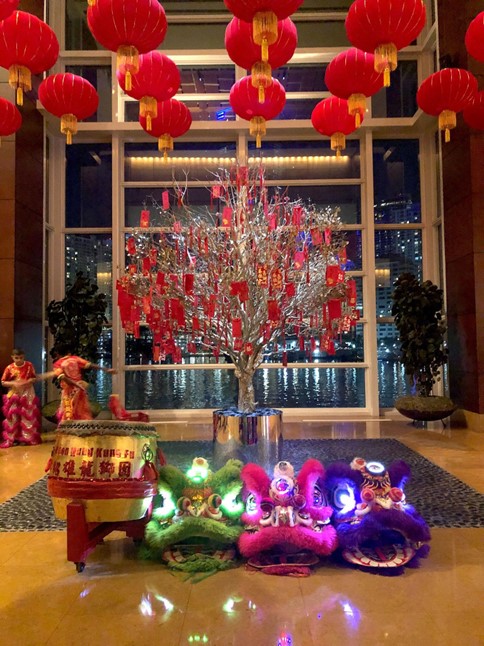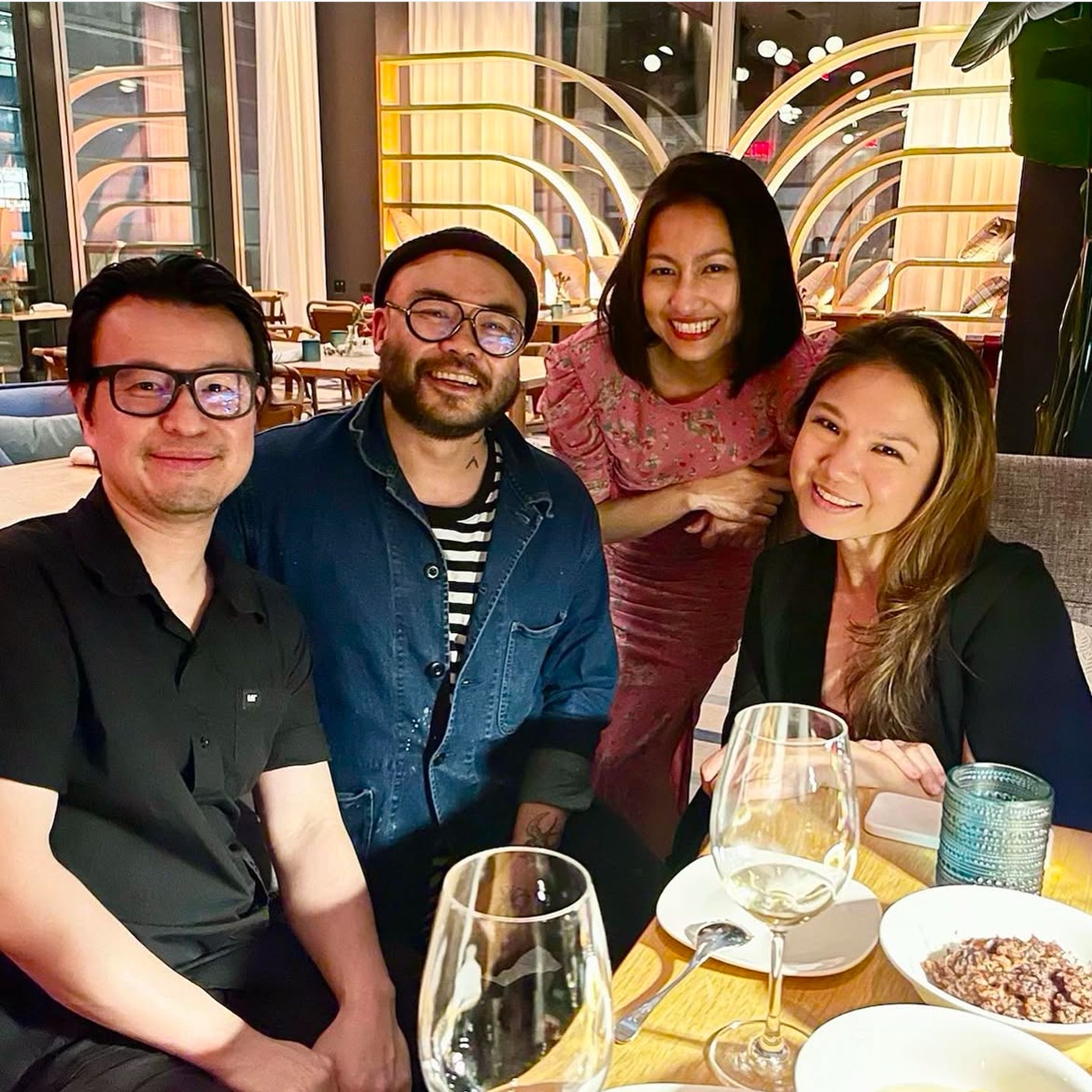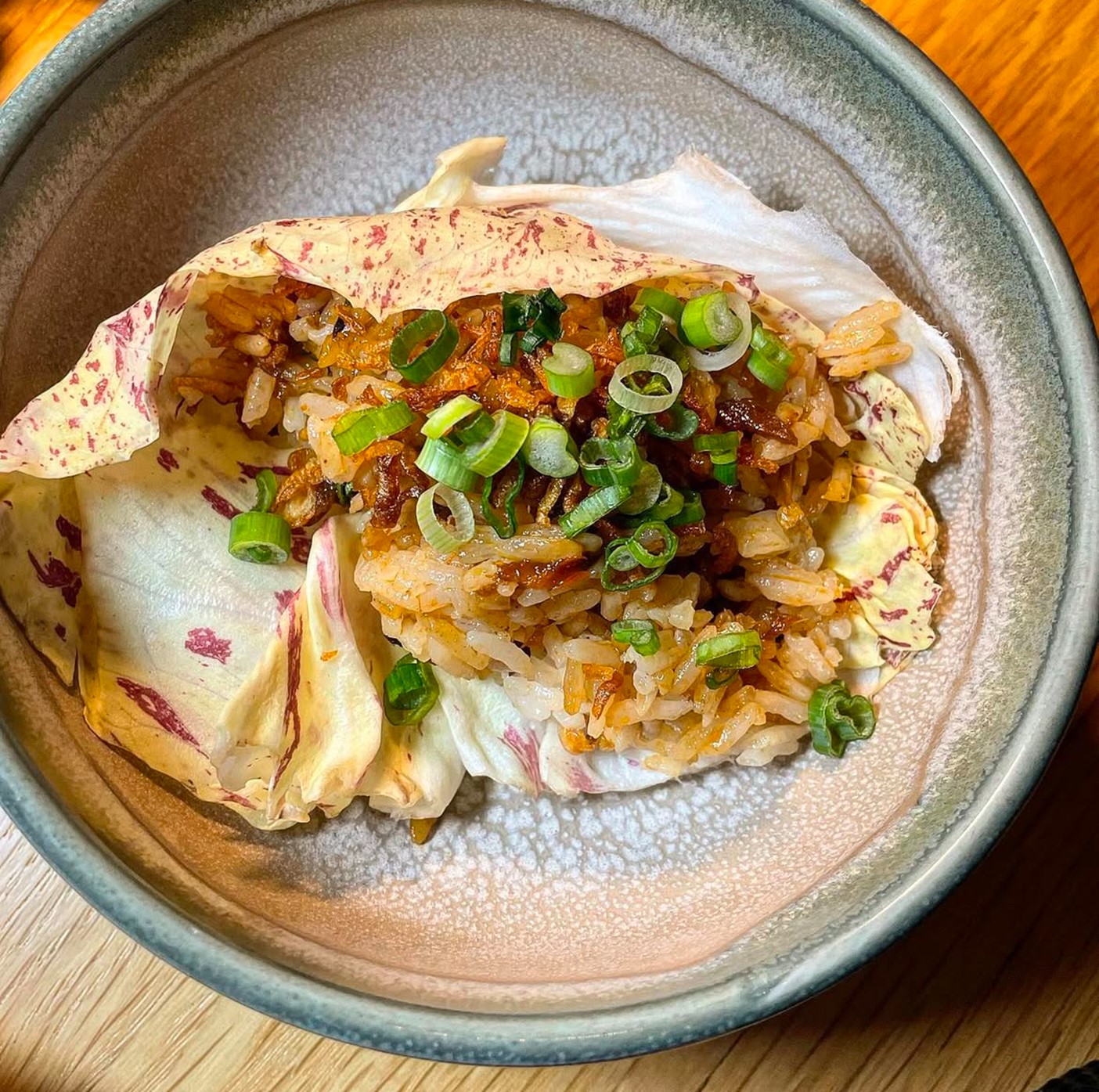Chinese Food Culture - From Manila to Miami: Spicing Up Chinese New Year with Family, Tradition, and Flavor
By Cheryl Tiu
Chinese Food Culture
From Manila to Miami: Spicing Up Chinese New Year with Family, Tradition, and Flavor
By Cheryl Tiu
While I was born and raised in the Philippines, both sets of my great-grandparents had immigrated from China’s Fujian province to Manila, and I have always identified as Chinese-Filipino. Growing up, I was exposed to both cultures. At home, my parents spoke Hokkien to each other—and attempted to do the same to me and my four siblings. I say “attempted” as we, likely through our exposure to American pop culture, would usually respond in English.
Our heritage is very important to our family. We all have Chinese names (I’m Zhang Mei Ling), wear red on every birthday, and we all went to what was considered a “Chinese school” in the Philippines (although only one class a day was conducted in Mandarin). Our traditions always shone bright during the Chinese New Year. On my Mom’s side of the family, my late guama Rita would make her famous Fujianese fresh lumpia or popiah, and it was always heart-warming to sit at the table, assemble our own rolls—the amount of vegetable filling dependent on our appetites—and dip them in Lee Kum Kee’s Hoisin Sauce — a staple in our households.

On my Dad’s side—where I have dozens of first cousins!—our ama Grace and my aunts would always prepare an assortment of Cantonese and Taiwanese dishes that include jiao zi dumplings, claypot rice, steamed live pearl fish, and fried eggplants with sweet chili sauce, to name a few. These meals were more than food; they were the heart of our family’s celebrations, and it was meaningful to have been able to enjoy these with a heritage brand, whose flavors have been likewise passed down for over 130 years. (Lee Kum Kee was founded in Nanshui, Guangdong in 1888.)
These were some of the traditions I missed the most when I moved to the United States—to Miami—to be with my now-husband, in 2020. You see, while Asian-Americans make up a significant part of the United States population, in Miami, we are only 1.5% of the population—a little over 6,000 of the 450,000 residents. “Where am I going to celebrate Chinese New Year here?” I thought to myself, desperately missing my family on this 15-day festival which begins on the first new moon of the lunar calendar—especially as it’s centered on customs and traditions with family and loved ones. (Fun fact: It’s also known as Chinese New Year, Tết in Vietnam and Seollal in Korea.)


It turns out, there ARE places to celebrate here. My husband and I now attend Mandarin Oriental Miami’s Chinese New Year celebrations yearly. They have a traditional lion dance and their signature restaurant, La Mar by Gaston Acurio, prepares a special Chinese New Year menu, which in previous years has included Shanghai Chifa siu mai, steamed branzino with fermented soy bean sauce, and longevity noodles with shrimp, cloud ear and snow mushrooms. (It was here where I learned more about Peru’s Chinese-Peruvian or Chifa culture which traces its origins to the arrival of immigrants from Guangdong in the mid-19th century!) Because this event is in the evening, I often found myself Googling daytime Chinese New Year celebrations in Miami. The first few years, which were post-pandemic, such observances were difficult to find, so we would frequent 163th Street, which is in a sense our version of “Chinatown” as it is lined with Chinese stores, groceries and restaurants. We would order takeout / delivery from restaurants like Dumpling King or Boy Choy, and enjoy them with an assortment of sauces including Lee Kum Kee’s Premium Soy Sauce, a rich, umami flavor that goes great with stir-fries, marinades or simply drizzling over a dish, and their Chiu Chow Chili Crisp Oil, whose savory garlicky kick is great on dim sum, noodles, or pretty much any dish—both of which I discovered here in the United States. Pro tip: You can add the chili crisp oil to the soy sauce for an even more layered sauce. (Fun fact: they are both vegan-friendly—and in addition to being condiments, can be used for cooking as well).

Last year, I found myself in New York City on the eve of Chinese New Year. I had reservations for their Lucky Dragon dinner prepared by Chinese-Filipino chef Paul Qui, at the Virgin Hotel, and they had a vegetarian tasting menu that had dishes like lion’s mane steak with morning glory, sticky rice with mushroom garum, charred broccolini with vegetarian XO and of course, fresh lumpia to name a few. But during the day, I hopped on the subway to Chinatown and literally inhaled the celebrations that took place on what seemed like every corner—lion dances, red lanterns, poppers, confetti! It was amazing! A kind gentleman, who saw the look of disappointment on my face when one store owner said she had run out of poppers, kindly offered me his. It was heart-warming as we were all strangers yet united in celebration. I walked to Buddha Bodai—packed to the brim of course—to order an assortment of vegetarian dim sum.




My life in the US has me celebrating with chosen family within larger festivities in the evening, but also with myself during the day. It’s become an opportunity for me to reflect on what the turn of the new year is all about, while at the same time, celebrating my family—our history, our traditions, our culture, and where we came from. It’s a time to look back, around and forward, cherishing the past while embracing the new. And of course, not without excellent food alongside Lee Kum Kee sauces—the thread that ties my heritage to my present and my future.
About Cheryl Tiu:
Cheryl Tiu is a culinary consultant, content creator and lifestyle journalist born and raised in Manila, Philippines, and moved to Miami, Florida in 2000, where she is now based. She founded Cross Cultures, an events and consultancy platform that promotes the exchange of cultures through food and beverage.
Instagram @chertiu
X (Twitter) @cheryltiu
 Corporate Site
Corporate Site